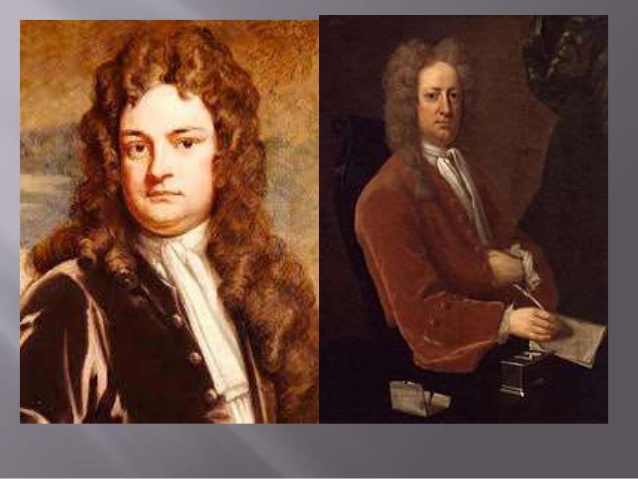We get a fairly comprehensive idea of the African-American history from a close study of
Langston Hughes' poem "The Negro Speaks of Rivers." If you read this poem and understand its meaning then it will appear to you that you are reading the history of African American. Let's see the historical element in the poem The Negro Speaks of Rivers.
Langston Hughes' poem "The Negro Speaks of Rivers." If you read this poem and understand its meaning then it will appear to you that you are reading the history of African American. Let's see the historical element in the poem The Negro Speaks of Rivers.
African-American history in "The Negro Speaks of Rivers"
In the poem, the speaker first mentions that he has known rivers "ancient as the world, and older than the flow of human blood in human veins." It is a synopsis of the whole poem, that is, it is the gist of what he is going to talk about in the rest of the poem.
Then the speaker claims that he "bathed in the Euphrates when dawns were young." The speaker, of course, is not an individual, but symbol or a representative of the whole race of Negroes of all times
and places. He bathed in the Euphrates. It means that the race of Negroes were involved in the civilizations that flourished on the banks of the Euphrates thousands of years ago.
Next, the speaker tells us that he built his hut near the Congo river, and it lulled him to sleep. The Congo river is associated with the Negro civilizations thousand of years ago. Many African kingdoms were built along the banks of this river in the remote past.
The River Nile is the longest river in the world. It is in Africa which is the land of the black people. This' river has supported continuous human settlements for about five thousand years. It is mainly associated with the name of Egypt which is famous for the pyramids. The mention of the pyramids in Egypt reminds us of the history of civilization there through centuries of human history.
The last river mentioned by the poet is the river Mississippi. It is in the central United States. It rises at Lake Itasca in Minnesota and flows south, meeting ilia major tributaries, the Missouri and Ohio rivers, about half way along its journey to the Gulf of Mexico. It is the largest river in North America.
The river is associated with the history of Negro slavery in America. The mention of the river takes us back in history to the incident of Abe Lincoln's having conceived the idea of abolition of slavery from America during his journey down the Mississippi, to New Orleans.
So the poem "The Negro Speaks of Rivers" gives us a comprehensive idea about the history of the African-Americans or the Negroes in America.
From the descriptions in the poem we can have some ideas about the history. of the race of Negroes in Africa and America. The Negroes were as old as the oldest civilizations in Africa but they were victims of slave -trade and were transported as slaves to America since the beginning of the 16m century. An estimated eleven million people were taken from Africa during the transatlantic slave trade.
Conclusion
By the mid-19th century the slave population had risen to more than four million in the US alone, besides their numbers in Asia, Europe and Africa. This history is of course stated implicitly, not explicitly.





0 Comments